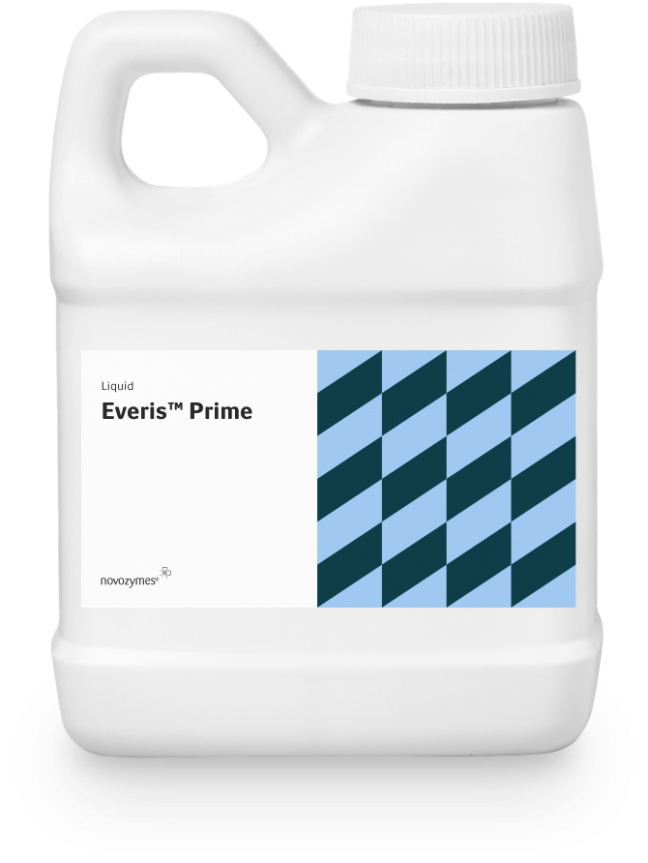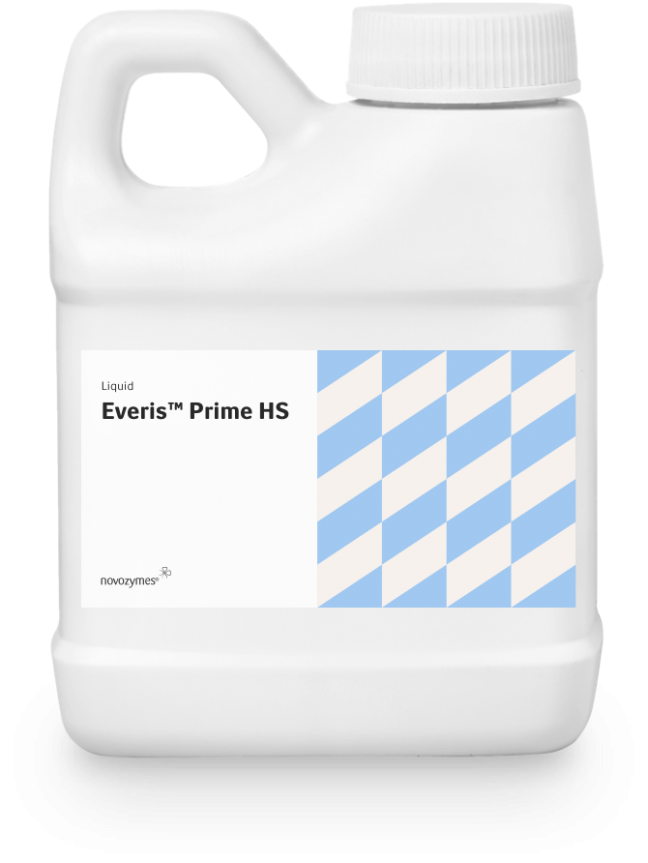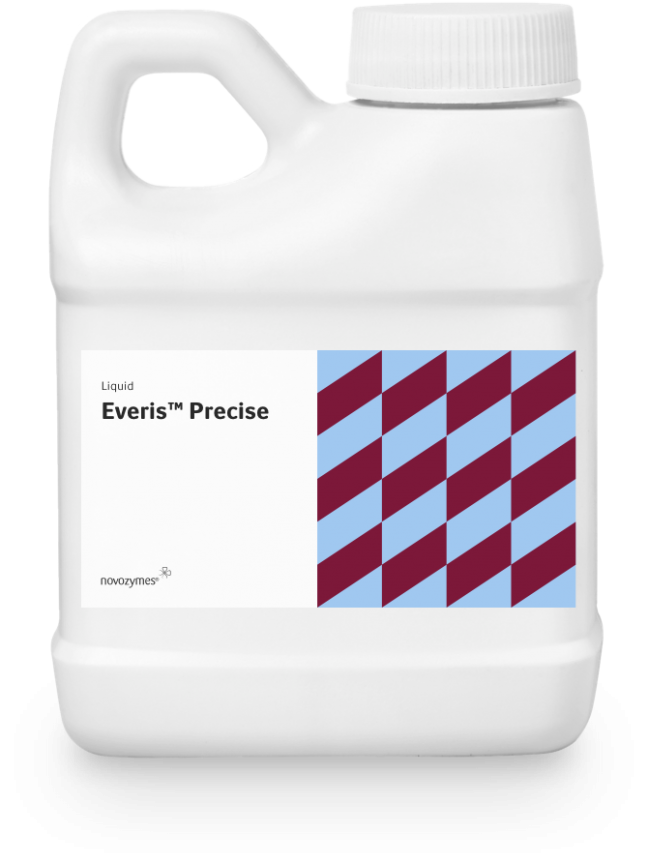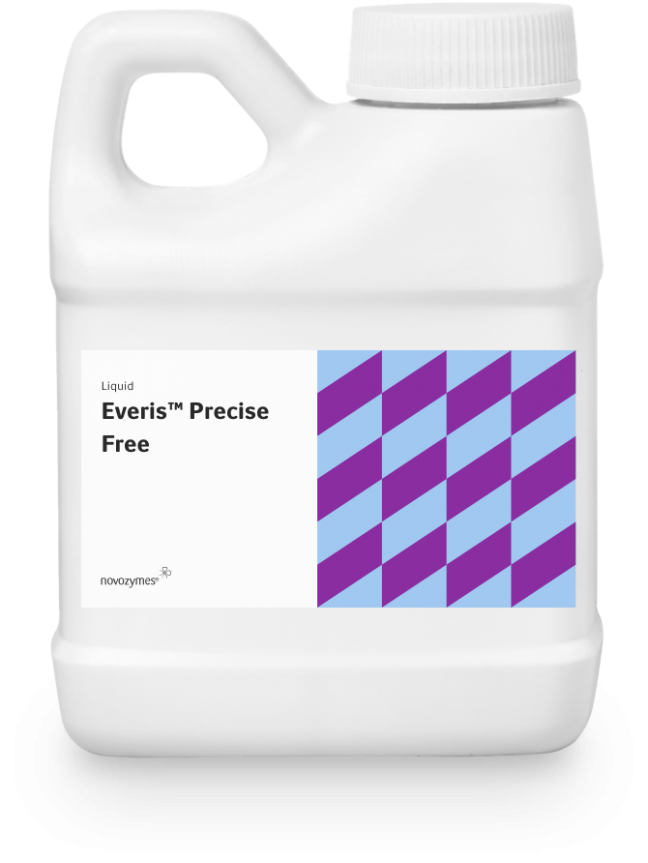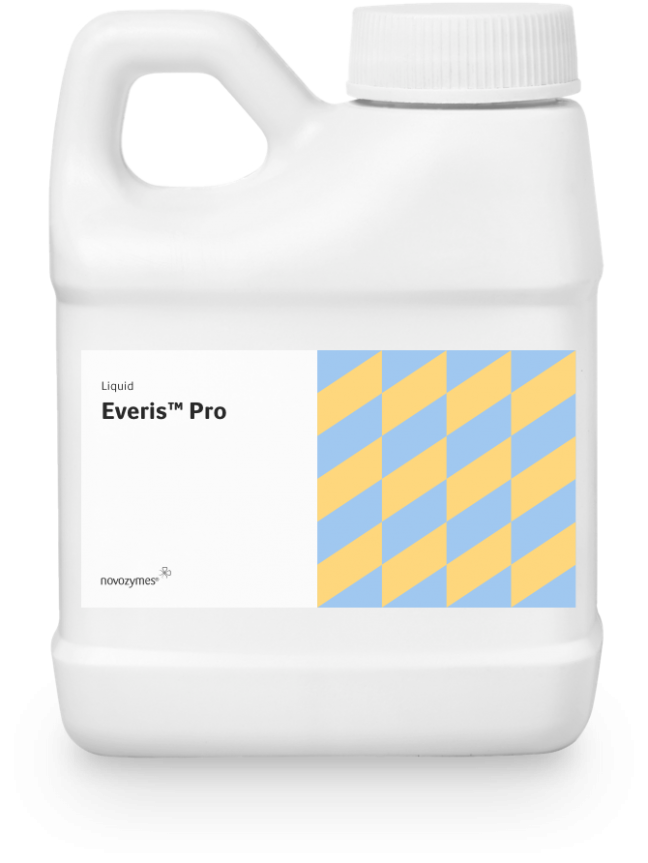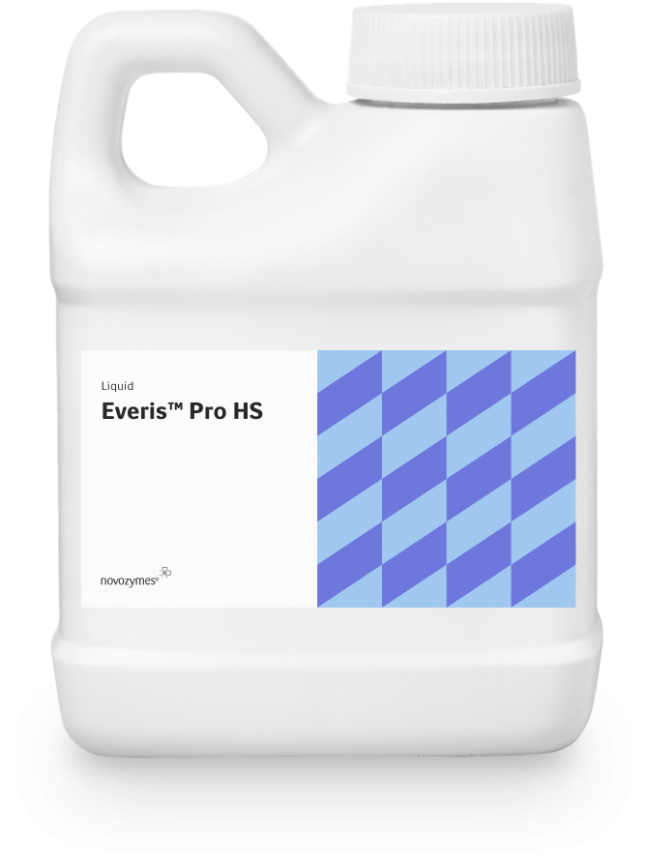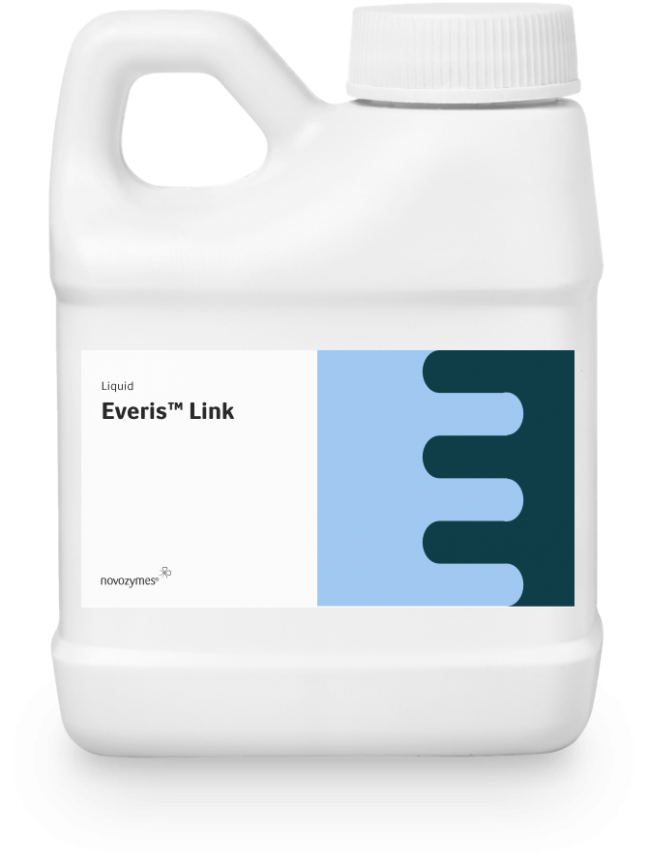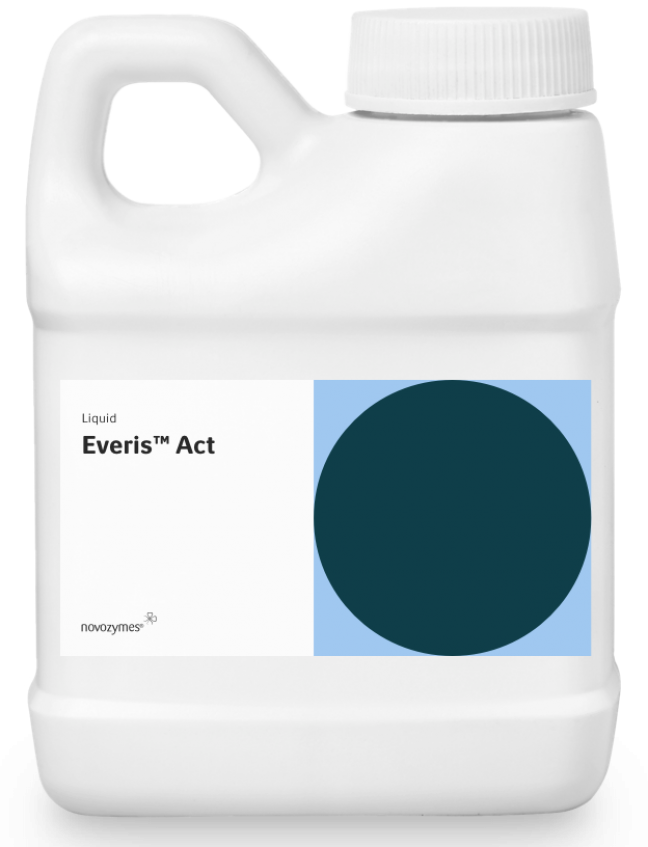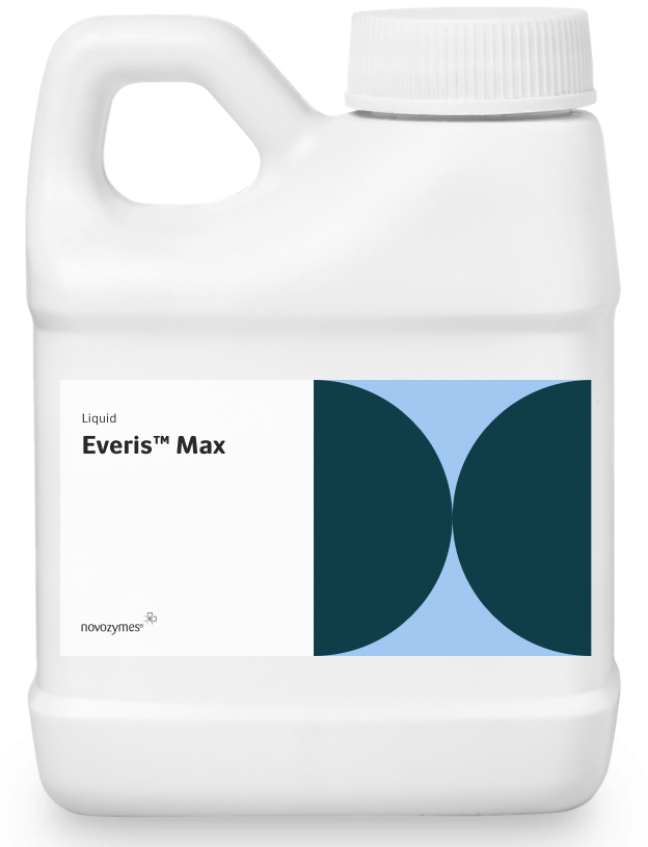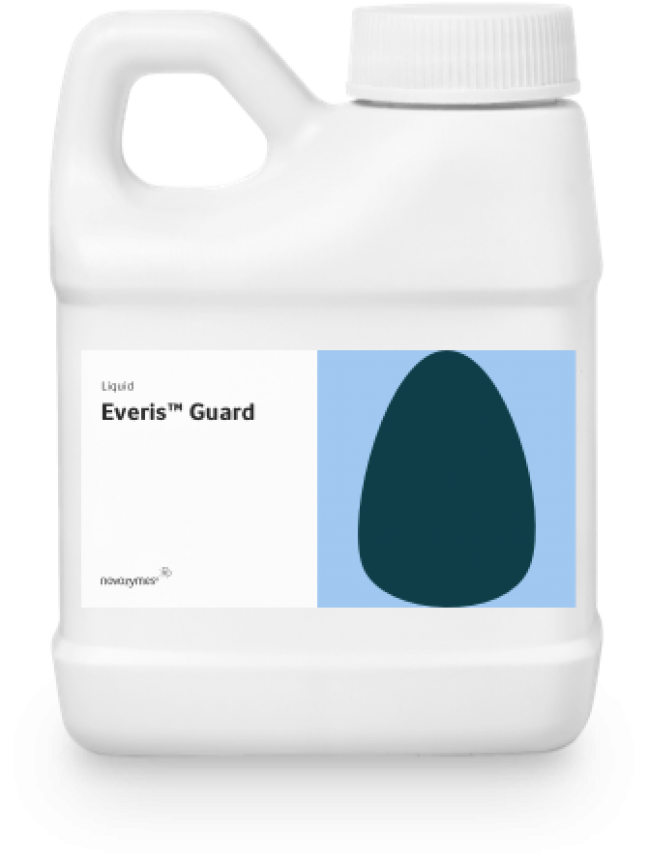Enzymes for medical cleaning
The burden of Healthcare Acquired Infections (HAIs) can be reduced by effective cleaning of clinical soils in healthcare environments. Enzymes in your medical detergent can help. It's time to take a closer look.
Are you using the most advanced enzymes?
The healthcare industry is under enormous pressure and going to great lengths to prevent Healthcare Acquired Infections (HAIs). However, HAIs continue to persist. Take a closer at the active ingredients in your medical cleaning products. The right enzymes in the right dosage can reduce HAI risk and carry numerous benefits. If medical instruments are not cleaned, they can't be properly sterilized.
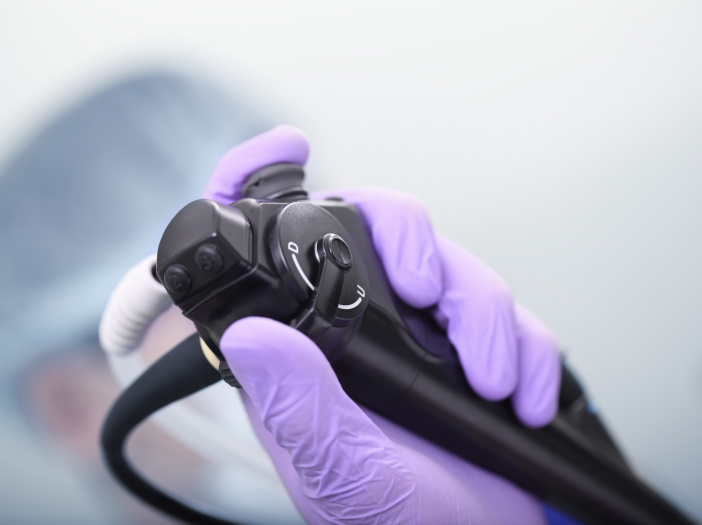
According to the World Health Organization, the results of HAIs include longer hospital stays, long-term disability and high costs for patients and their families. HAIs also place a significant financial burden on healthcare systems around the world. In the US alone, the Centers for Disease Control and Prevention estimate the overall annual direct financial costs of HAIs to hospitals at between $28bn and $45bn, and the cost in lives at around 72,000 per year. Effective cleaning of healthcare environments and surgical instruments is a critical part of preventing HAIs.
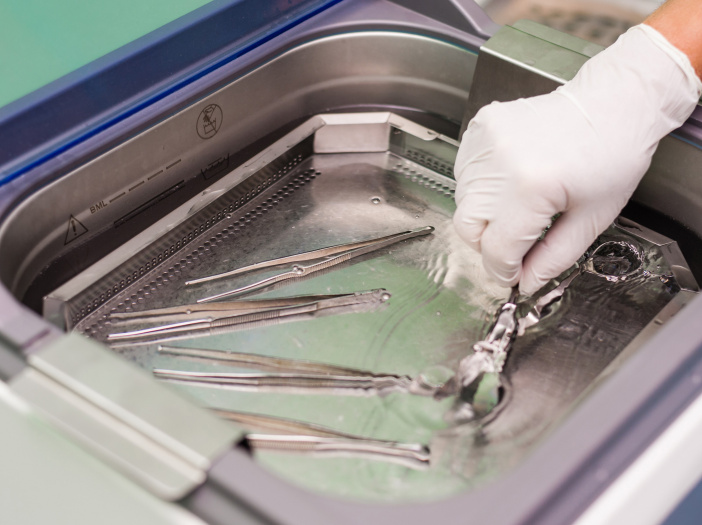
In healthcare settings, clinical soils are commonly found embedded deeply into hinges, textured surfaces and hard-to-reach parts of reusable medical devices. Enzymatic detergents that specifically target clinical soils have been in use for decades and a number of studies have investigated their performance in medical device cleaning. One demonstrated their improved performance in comparison with non-enzymatics, while another demonstrated that they have an advantage over alkaline cleaners.
They can enhance cleaning and safety in multiple healthcare applications; from bedside pre-cleaning to automatic washing in a hospital’s sterile processing department.

We want to keep you informed - from business opportunities to trends and technical insights. Sign up to receive our latest insights on medical cleaning to help you grow your business.
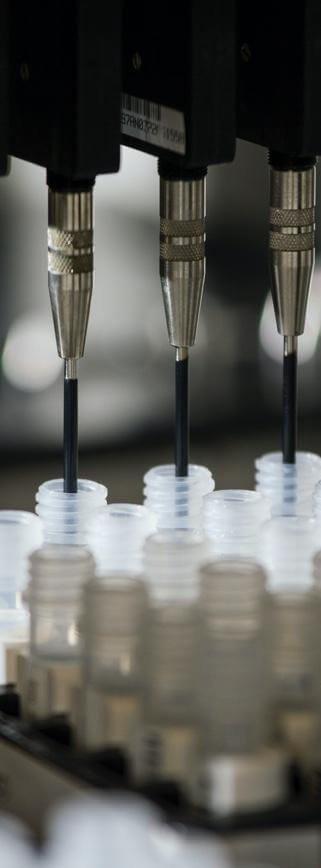
Enzymes are biomolecules that speed up reactions. Renewable and biodegradable, they are a more sustainable choice than harsh chemicals. Enzymes in cleaning solutions bind with soils and break them down into smaller pieces, making them easier to remove.
Enzymes are catalysts, which means they can do the same job again and again. They don’t get ‘used up’ during the cleaning process. However, enzymes only work in moist conditions, so once the medical device dries, the cleaning process will stop. Various enzymes specifically target the various types of organic matter commonly found in clinical soils.
Proteases target protein-rich matter like blood, while lipases target fatty matter like adipose tissue. Amylases and cellulases target the starch and cellulosic polymers found in waste such as feces.
Advanced technology for more effective cleaning
Though enzymes have long been used in medical device cleaning, advancements in enzymatic technology have led to new, improved molecules that deliver even more effective cleaning of clinical soils.
New improved molecules deliver even more effective cleaning of clinical soils.
A recent study into optimized enzymatic detergents demonstrated an improvement on “industry standard” cleaning guidelines. This can improve rewash rates, decrease hospitals’ costs and levels of waste, as well as improving patient outcomes.
Fast facts
Dose matters
Medical detergents need the right enzyme dose to be effective at the speed needed in medical cleaning.
Safe for equipment
The enzymes in medical detergents only target clinical soils, making their effective cleaning gentle on equipment.
An optimum range
Enzymes work best within specific temperature and pH ranges, so it’s important to choose the right enzyme for the job.
Latest insights
Take a closer look at optimized enzymatic detergents
A recent study established that cleaning medical instruments
with detergents containing optimal dose and type of enzymes
leads to better outcomes.

- The financial impacts of inadequate cleaning
- What enzymes are, and why they’re used in medical cleaning
- Visual proof of the performance of optimized enzymatic detergents
Frequently Asked Questions
Enzymes are biomolecules that speed up chemical processes such as cleaning. In medical device reprocessing, enzymes work in combination with detergents to break down organic matter commonly found in clinical soils, making them easier to remove. They are gentle on delicate medical instruments and devices and are readily biodegradable. Their function can be optimized to ensure the best possible cleaning by leveraging key factors such as the right enzyme for the instruments intended to be used on, enzyme dose, and the time instructed.
Two main enzyme classes have been used to clean medical devices: protease and lipase. Proteases are designed to break down protein-rich soils like blood, while lipases target fatty soils like adipose tissue. Amylases and Cellulases are also commonly used in this application to breakdown carbohydrate-based soils that may be associated with feces and residual organic films commonly found in endoscopes. Combining multiple enzymes with a properly formulated detergent can help break down a variety of human soils and waste, and improve cleaning outcomes.
Enzymes are an important component of a good cleaning detergent. They work in synergy with surfactants, or wetting agents, by breaking organic soils into smaller pieces, making it easier for the surfactants to remove the soils from the surface of the instrument. By using the right enzymes, enzymatic detergents can break down soils under a wide range of temperatures. And, they can also function at different pH levels, from neutral (or mild) to alkaline (or harsh) conditions.
No! To get the full benefit of a medical cleaning detergent, it’s necessary to have a proper dose of enzymes to effectively function under limited time constraints. Without the proper amount of enzymes included, the medical detergent may not be as effective as needed for optimal cleaning. When choosing detergent for your healthcare facility, make sure you inquire about enzyme dosage included in your product used.
Many studies have shown that enzymes are easier on the planet than harsh chemicals. These processing aids that are found in nature are completely biodegradable, making them safe and effective for your instruments as well as the water stream that the detergent will eventually return to, which may help you in reaching your sustainability goals. So, when choosing a detergent, look for gentle formulas containing a high enzyme dosage for both improved performance and a reduced environmental impact.
Please note: Novozymes' customers can download guidelines
on safe handling of enzymes from Novozymes Market.
